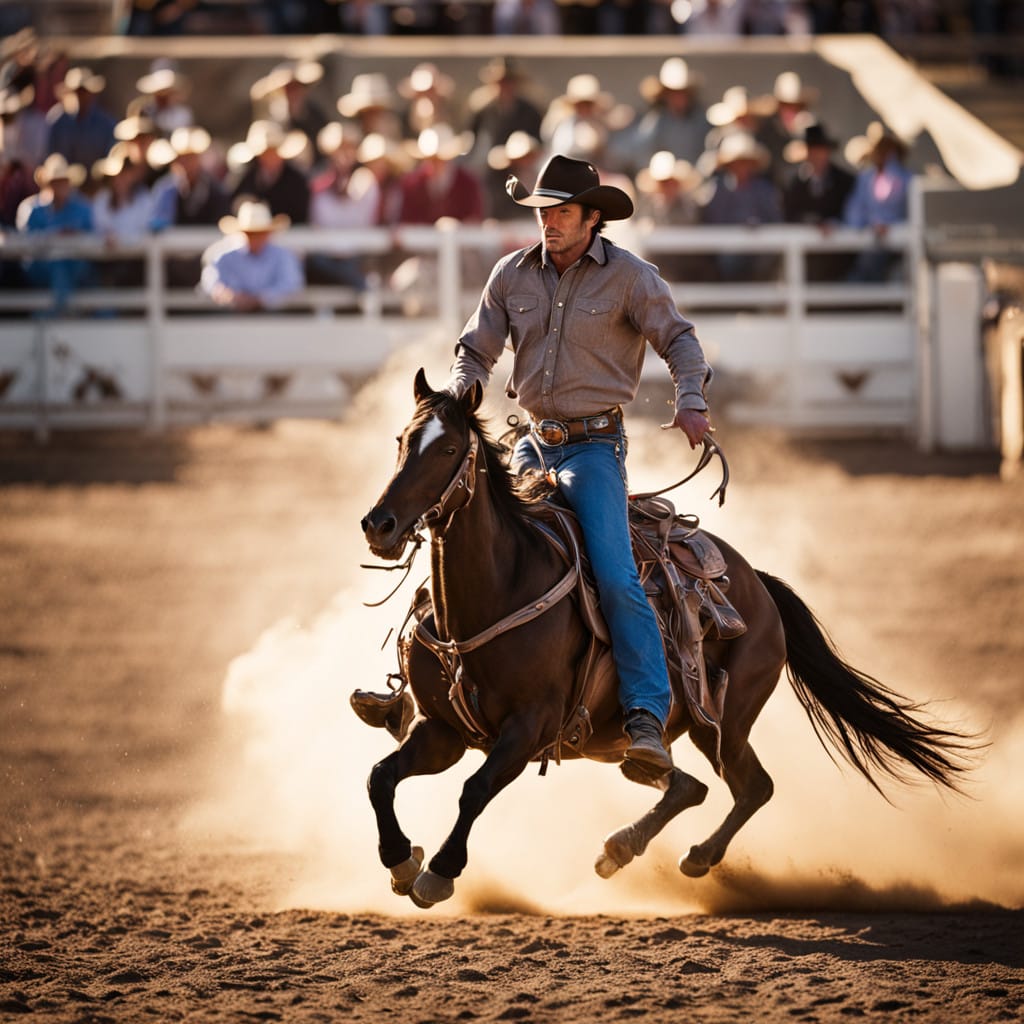
Saddle Bronc Riding: A Thrilling Test of Skill and Tradition
Saddle bronc riding is a captivating rodeo sport that combines athleticism, courage, and heritage. It represents the perfect balance of rider skill and the untamed spirit of the horse. Originating from the practical demands of ranch life, this sport has evolved into a global phenomenon. It is now a cornerstone of professional rodeo events, drawing fans and competitors worldwide. In this blog post, we’ll explore its rich history, global appeal, rules, and cultural significance.
The Origin and History of Saddle Bronc Riding
Saddle bronc riding traces its roots to the daily tasks of cowboys on cattle ranches in the American West. During the late 1800s, cowboys broke wild horses to make them suitable for riding. This essential skill became a form of entertainment during ranch gatherings, eventually leading to competitive events.
The first formal rodeo, held in Deer Trail, Colorado, in 1869, included bronc riding as a key attraction. Over time, the sport gained structure and rules, transforming from informal contests into organized competitions. The Professional Rodeo Cowboys Association (PRCA), established in 1936, played a pivotal role in formalizing saddle bronc riding as a professional sport. This history remains deeply embedded in the sport, keeping its cowboy heritage alive.
The Global Popularity of Saddle Bronc Riding
Saddle bronc riding has grown far beyond its Western roots. It has become a global sport with a passionate following in North America, Australia, South America, and parts of Europe. In the United States and Canada, it is a staple of major rodeo events, including the Calgary Stampede and the National Finals Rodeo.
Australia boasts its own vibrant rodeo scene, where it is a celebrated discipline. The Australian Professional Rodeo Association (APRA) organizes numerous events, showcasing the talent of local riders. South America, particularly Brazil, has embraced rodeo culture, blending traditional cattle ranching skills with competitive bronc riding.
Europe, although less prominent in rodeo culture, has seen a rise in interest. Events in countries like France and Germany attract enthusiasts eager to experience the thrill of bronc riding. This global appeal highlights the universal draw of saddle bronc riding as a sport and spectacle.
Saddle Bronc Riding at the Amateur Level
Amateur saddle bronc riding serves as the foundation for nurturing young talent. Many riders start their journey in youth rodeo programs or school-level competitions. Organizations such as the National High School Rodeo Association (NHSRA) in the U.S. and Canada provide a platform for young riders to compete.
Youth rodeo events focus on teaching safety, horsemanship, and sportsmanship. Riders learn to develop their technique while respecting the animals they work with. In many cases, smaller broncs are used for beginners to ensure safety while maintaining the challenge.
Amateur leagues also exist in regions where rodeo culture is emerging. These grassroots efforts help spread the sport, offering opportunities for aspiring riders worldwide. By participating at this level, young riders gain the skills and confidence needed to compete professionally.
Professional Leagues and Competitions Worldwide
Professional saddle bronc riding is governed by various leagues, each contributing to the sport’s growth and prestige. The PRCA in North America remains the most prominent organization. Its events, including the National Finals Rodeo, attract the best riders and offer significant prize money.
In Australia, the APRA and the Professional Bull Riders (PBR) Australia circuit host major competitions. These events blend local traditions with global standards, ensuring a unique experience for competitors and fans.
Brazil’s Circuito Barretos de Rodeio is a premier rodeo event that includes saddle bronc riding. This competition draws large audiences and showcases the country’s rich cowboy culture.
Europe has seen the rise of smaller circuits, such as the European Rodeo Association (ERA). These organizations work to grow the sport by hosting regular events and promoting rider development.
The Political and Social Significance of Saddle Bronc Riding
It carries political and social weight, particularly in regions with strong ranching traditions. It symbolizes the resilience and independence of rural communities, serving as a reminder of their contributions to national economies.
Politically, rodeo events often highlight agricultural and rural issues. They provide a platform to discuss land use, animal welfare, and conservation. Additionally, rodeos contribute to local economies by attracting tourism and generating revenue for small towns.
Socially, it fosters a sense of community. It brings people together to celebrate shared values and traditions. The sport also promotes inclusivity, with events featuring men and women, as well as competitors from diverse backgrounds.
Rules and Structure of Saddle Bronc Riding
Understanding the rules of saddle bronc riding enhances appreciation for its complexity. The objective is to remain on a bucking horse for eight seconds while maintaining control and style.
Riders use a specialized saddle without a horn and a braided rein attached to the horse’s halter. The rider must keep their free hand in the air and cannot touch themselves or the horse. Judges score each ride based on the rider’s control and the horse’s bucking performance.
A perfect score is 100, split equally between the rider and the horse. Judges reward spurring technique, rhythm, and the rider’s ability to synchronize with the horse’s movements. Disqualifications occur for missing the horse’s shoulders with the first spurring motion or losing control during the ride.
Conclusion
It is more than a sport; it is a living tradition that connects us to the past while inspiring new generations. Its rich history, global reach, and vibrant culture make it an enduring symbol of the cowboy spirit. From amateur leagues to professional competitions, it continues to captivate audiences worldwide. With its unique blend of skill, bravery, and heritage, saddle bronc riding remains a cornerstone of rodeo and an iconic expression of human and animal partnership.




